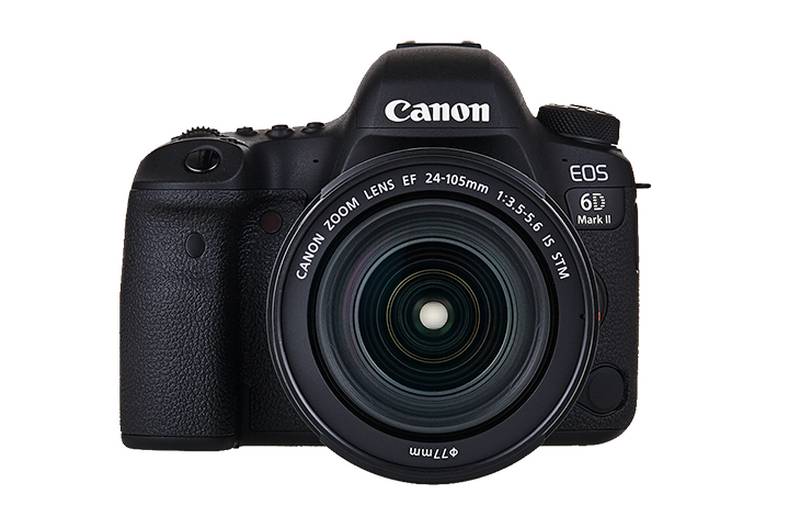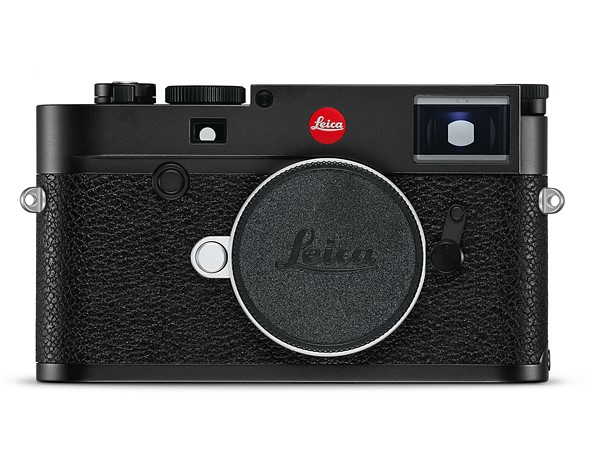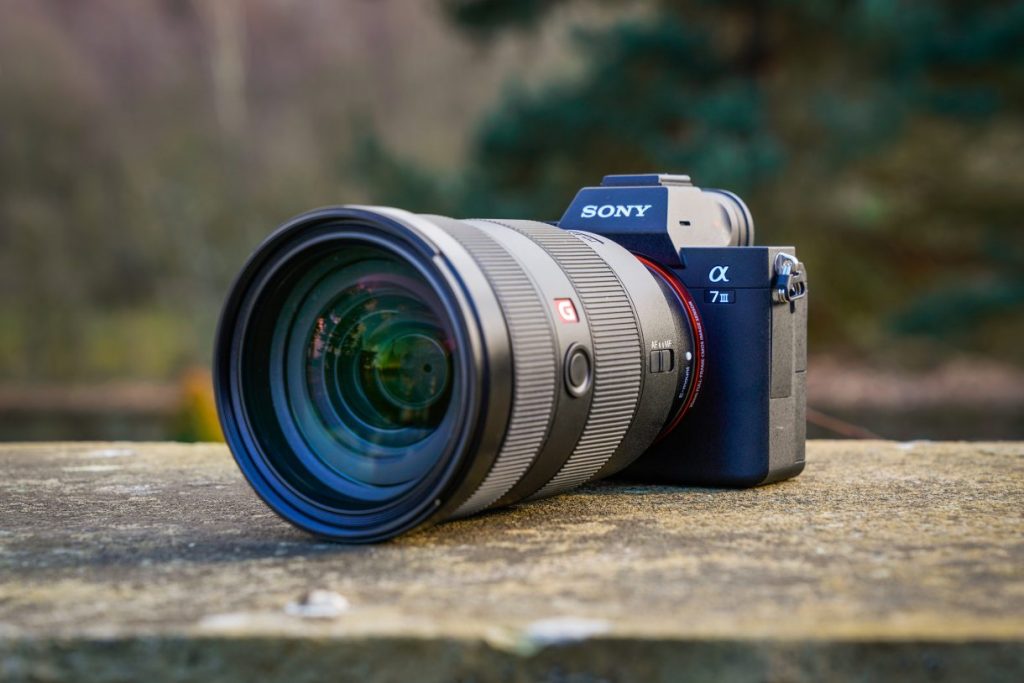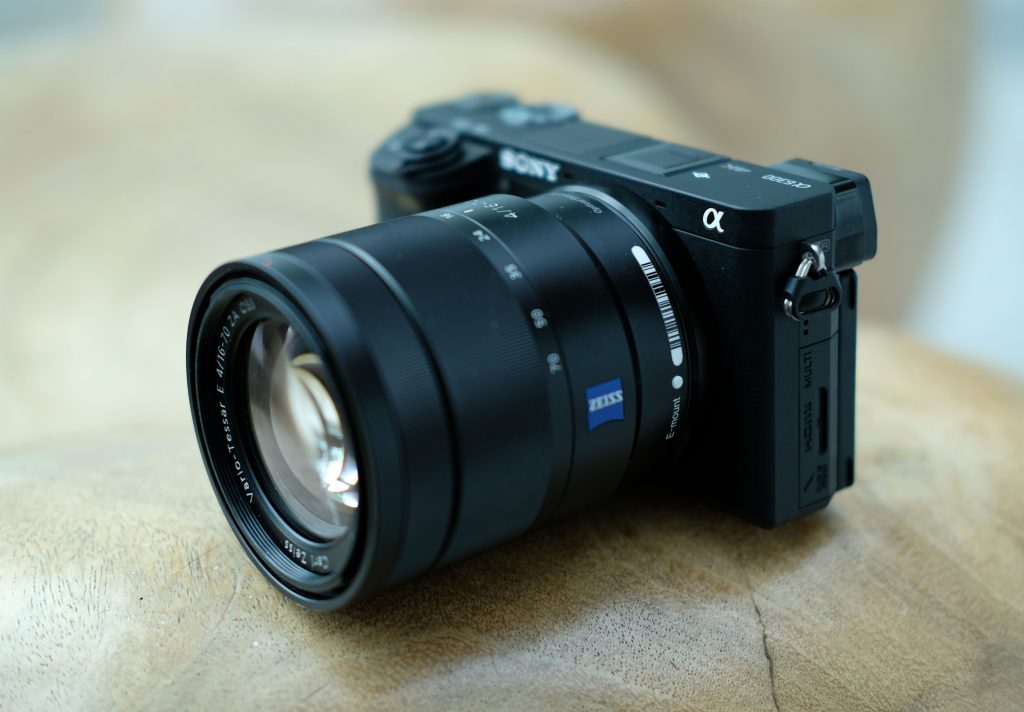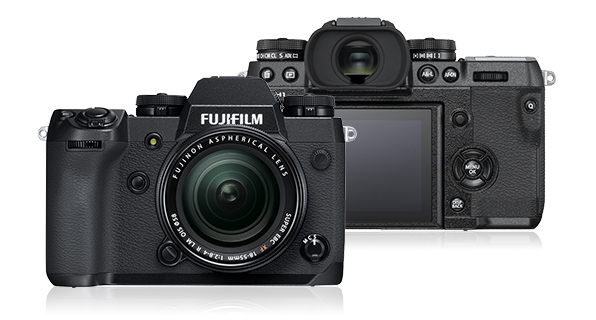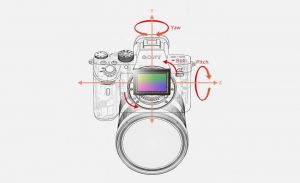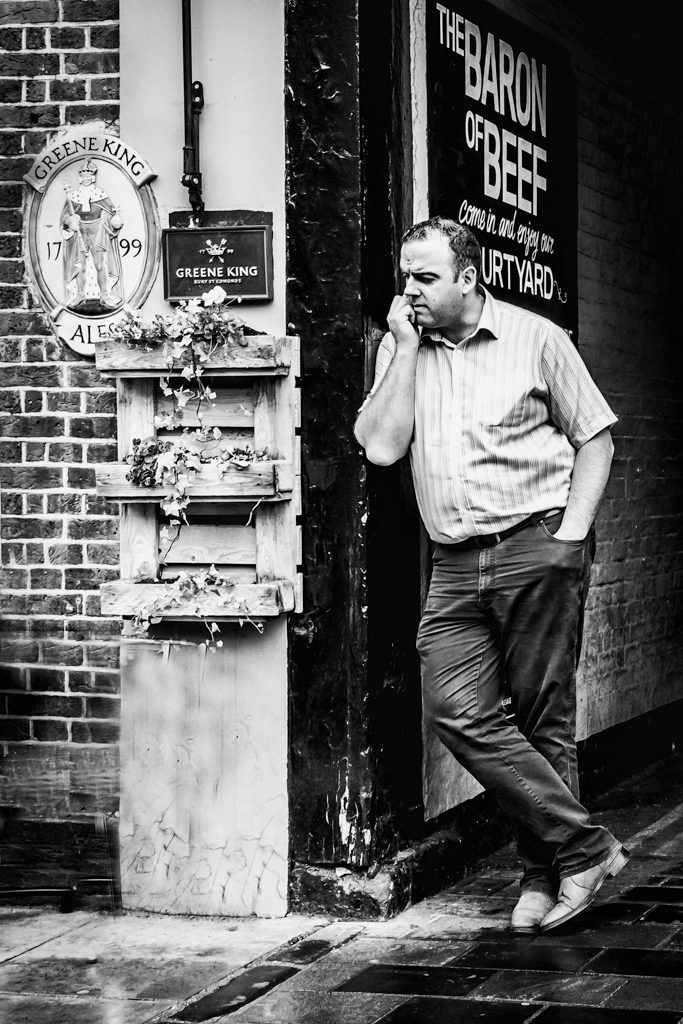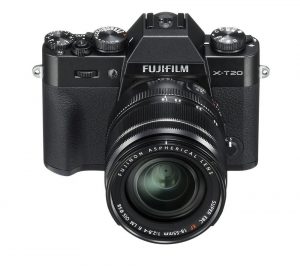An intriguing video has just been posted on the Nikon Europe website. It is a teaser about the new Nikon Full Fram Mirrorless Camera we covered a week or so ago.
Nikon Full Frame Mirrorless Camera
At least we now have a hint of what the camera will look like. Nikon Rumours have gone further and produced a paper mock up.
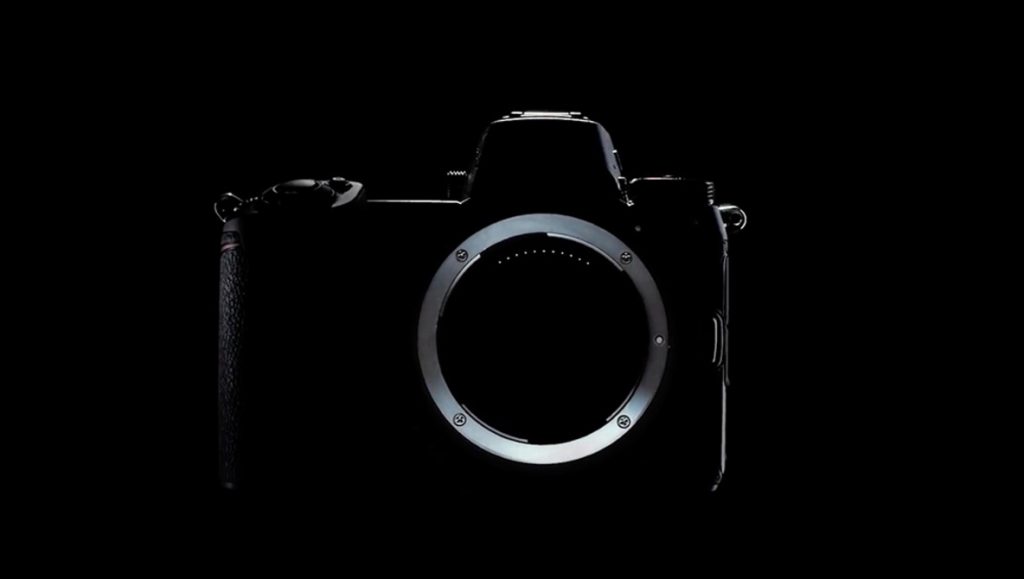
Is the Nikon Mirrorless Full Frame Camera?
Nikon Announcement
There seems to be a date for an announcement. 23rd August 5am UK time there will be a livestream event from Nikon Japan
